Busca entre varios profesores de Inglés...
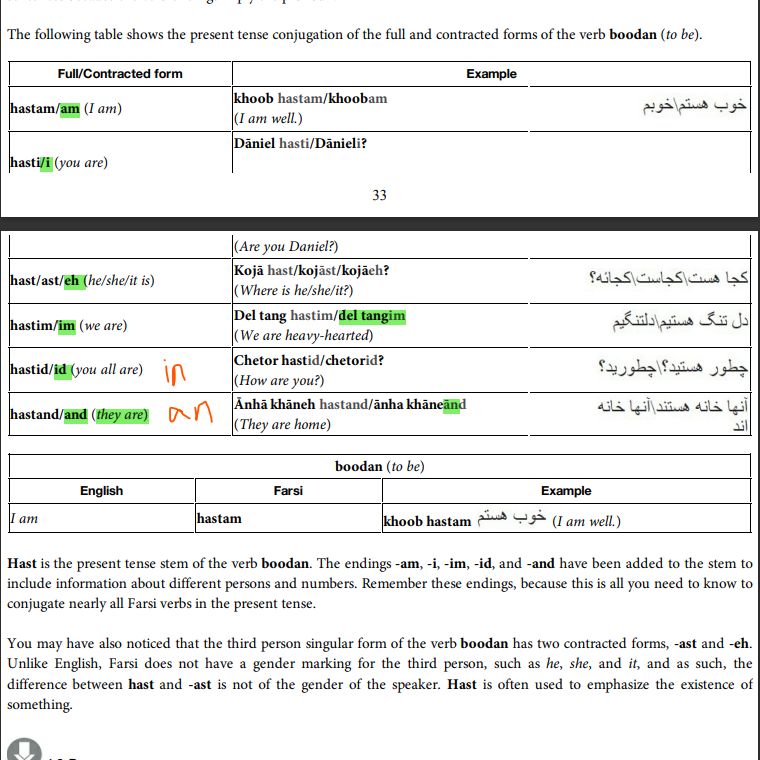
The verb (to be) boodan = بودن
Descripción
Grammar Point: The verb (to be) boodan
While reading the Conversation, you might have wondered why the counterpart of the English verb “is” in Farsi (ast )
had different forms in different places. For instance, when Nasrin introduced her husband to her mom, she said, In
Dānieleh (This is Daniel). In another place, Nasrin asked her mom, Farzād kojāst? (Where is
Farzad?).
Like English, Farsi also uses both full and contracted forms of the verb to be. In English, we can say, “I am happy,” “Jane is
beautiful,” and “You are smart,” or we can contract the verb and say, “I’m happy,” “Jane’s beautiful,” and “You’re smart.” In
the same way, Nasrin used contracted forms of the be-verb.
Like most Indo-European languages, Farsi verbs are conjugated. Conjugation means that speakers attach endings to verbs
that provide information about the person, number, and tense of a verb. In Farsi, very often pronouns are omitted from
sentences because the verb endings imply the pronoun.
more examples:
مُعَلِّمَم=معلمم moallemam = moallem hastam = I'm a teacher.
دُکتُری= دکتری؟ Doctori? = Doctor hasti? = are you a doctor?
تاجِره= تاجره Tajere = Tajer hast = he's/she's a business(wo)man.
خُوشحالیم = خوشحالیم khosh'halim =khosh'hal hastim= we're happy.
ناراحَتین؟= ناراحتین narahatin? = narahat hastin? = are you unhappy?
تو راهَن؟= تو راهن؟ tu rahan? = tu rah hastan? = are they on the way?
Canal de podcast
Farsi (Persian) pods
Autor
Todos los episodios

吾輩は猫である1−2

第二课 lesson 2
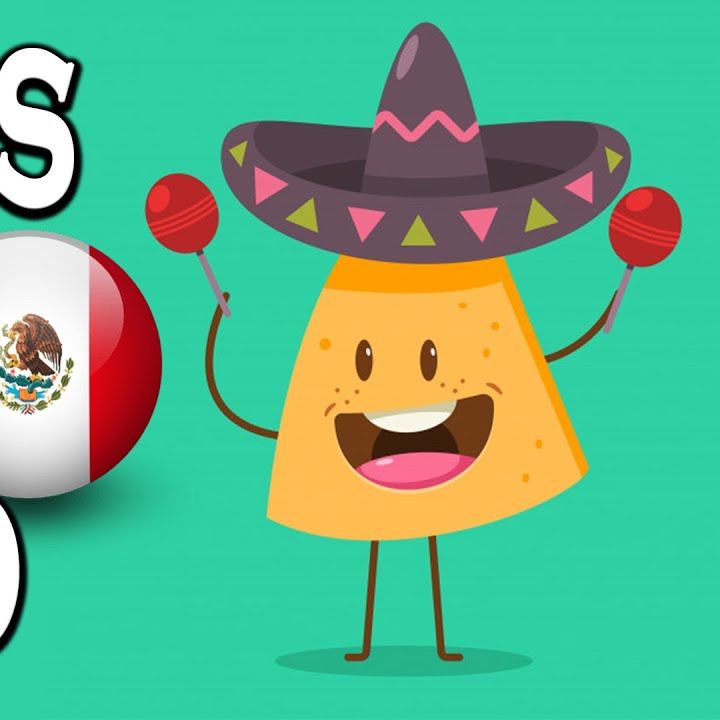
CONFLICTO DE PERSONALIDAD.
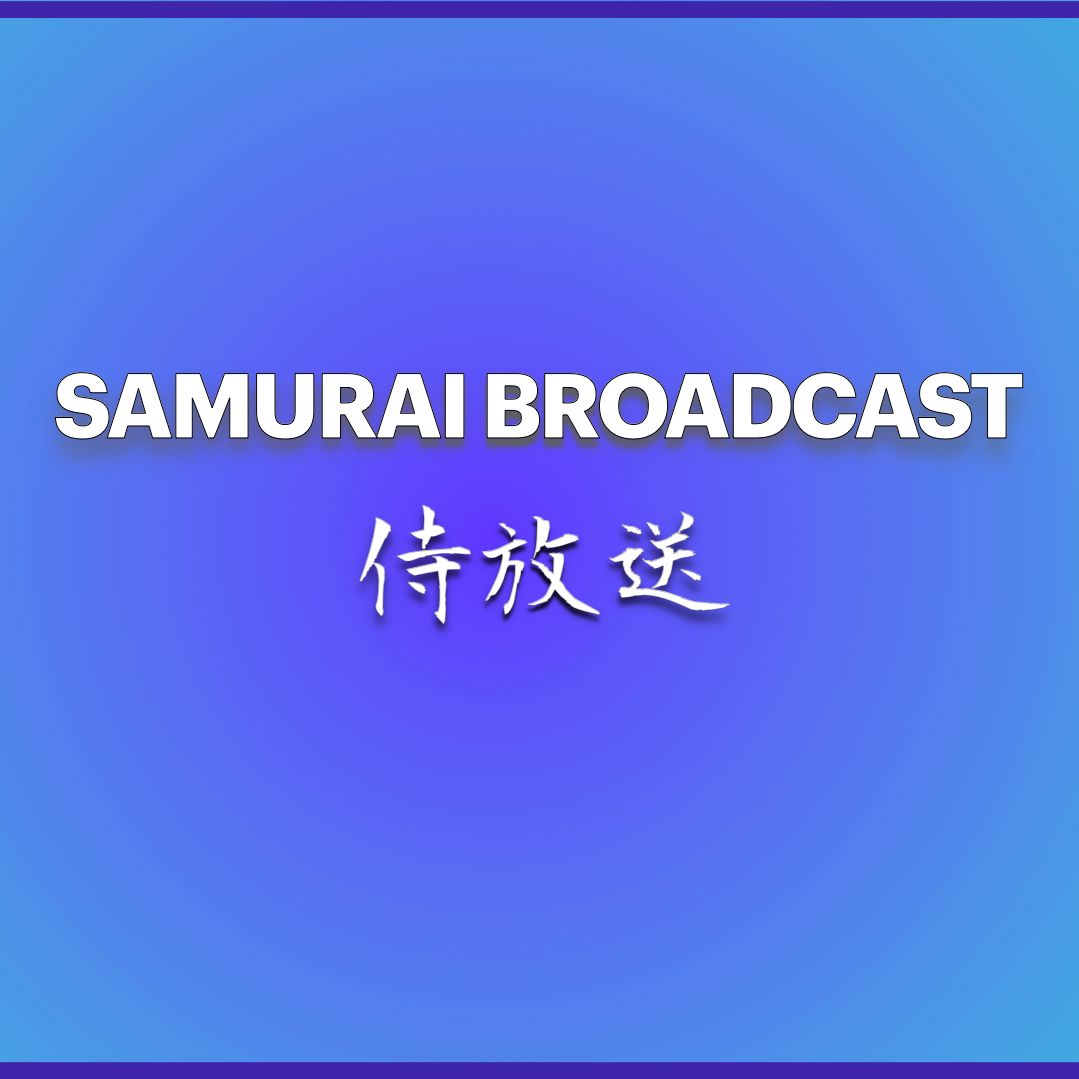
Vol.48 読む練習 日本旅行物語1 Reading practice Japan Travel Story 1

连....也/都.....

日本語付き・粤语「声调组合」系列 : 1–1声调组合
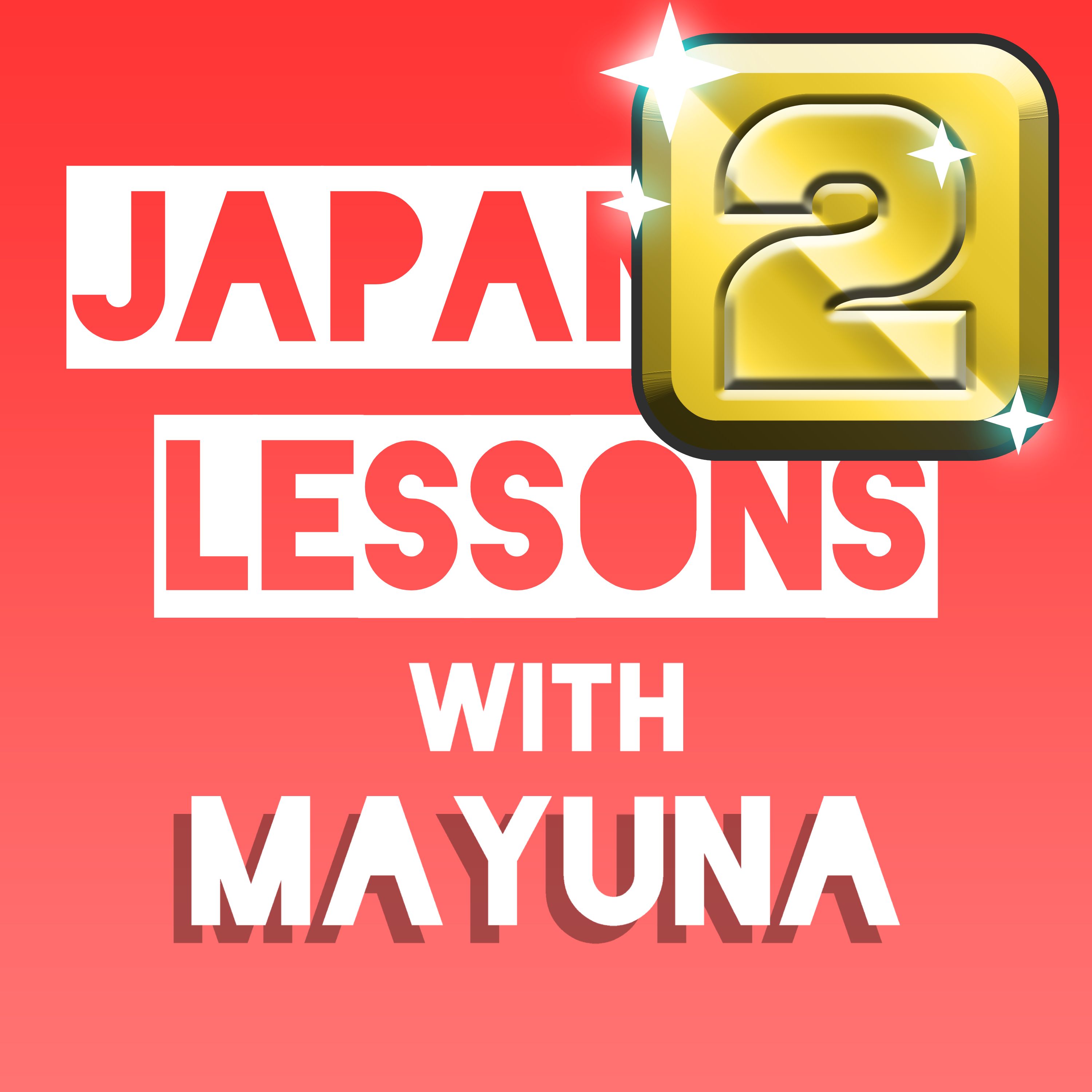
S2 Ep13. ズボンとパンツ
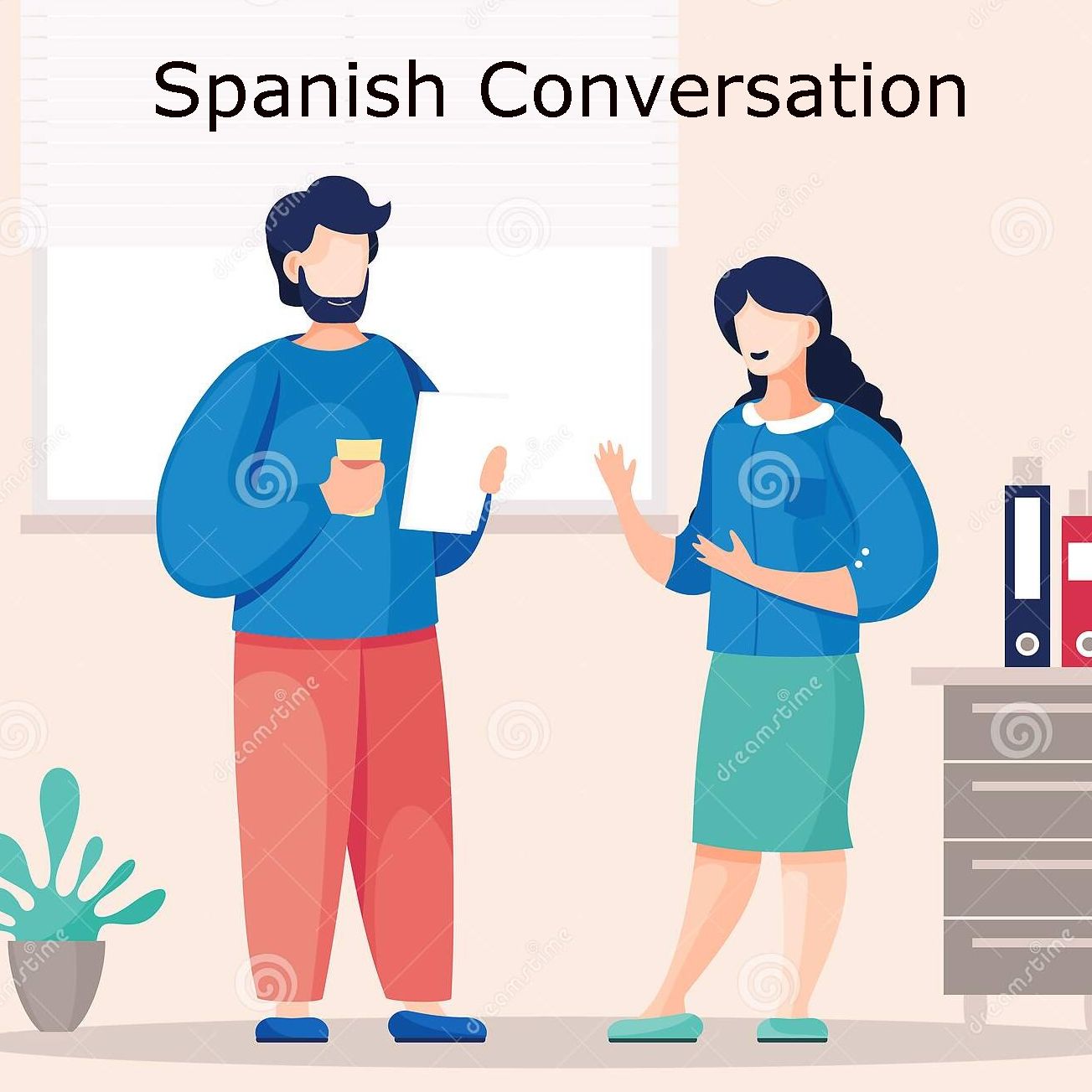
Learn Spanish conversation part 39
Episodios populares

一緒に日本文学⭐️Let's read Japanese literature together with me!
吾輩は猫である1−2

零基础汉语---zero basic Chinese
第二课 lesson 2

CHISTES MEXICANOS
CONFLICTO DE PERSONALIDAD.

SAMURAI BROADCAST 侍放送 継続は力ニャり
Vol.48 読む練習 日本旅行物語1 Reading practice Japan Travel Story 1

喵喵说汉语---HSK 4
连....也/都.....

Chloe🔥港式粵語 實用! 易學! 高效!
日本語付き・粤语「声调组合」系列 : 1–1声调组合

Japanese Lessons with Mayuna
S2 Ep13. ズボンとパンツ

Learn Spanish Conversation
Learn Spanish conversation part 39